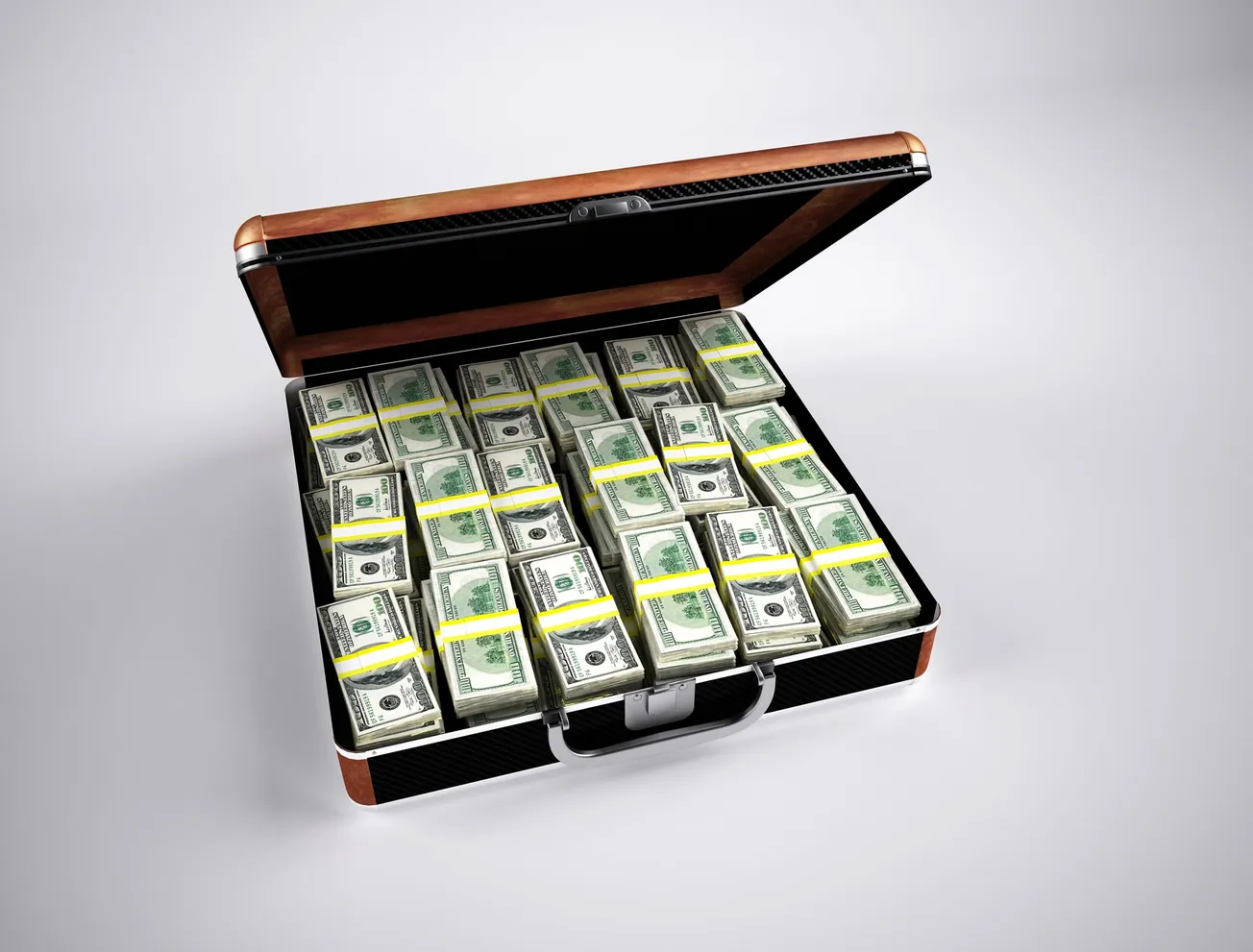Table of Contents
Peter J Morgan
Peter J Morgan BE (Mech.), Dip. Teaching – professional forensic engineer, retired economics, mathematics and physics teacher
PART 10 of 18
One of the first actions of the first New Zealand Labour government (1935-1949) was to nationalise the RBNZ. The first New Zealand Labour Government then instructed the RBNZ to create Sovereign Money out of nothing and lend it to the government at a nominal 1% interest to help New Zealand lift itself out of the Great Depression. One of the first uses of such Sovereign Money was for the building of state houses, beginning in 1937. The contractor for the building of these houses was James Fletcher, who was eventually knighted for his efforts. As a direct result of the creation by the RBNZ of Sovereign Money, James Fletcher’s company grew into the Fletcher group of companies, to this day the dominant player in the New Zealand construction industry. Other uses of Sovereign Money were for the planting of state forests and the building of schools, hospitals, roads, bridges and other infrastructure. It did not cause inflation, as it was using predominantly New Zealand-produced materials and it was getting formerly unemployed and underemployed people working full time creating wealth in the form of assets to enhance the well-being of New Zealanders.
In 1933, the German economy was in near-total collapse. Germany had reparations obligations from its humiliation in World War One still crippling its economy and had no hope of attracting foreign investment or credit. Worse, it had been stripped of its overseas colonies and the wealth it would have been extracting from them. However, Germany then began a full-employment public infrastructure program, financed with Sovereign Money created ex nihilo by its government-owned central bank. As a result, by 1938 – only five years later – Germany had the strongest economy in Europe. One has to wonder if Europe’s bankers had a surreptitious hand in fomenting World War Two and involving the USA. Notably, Germany has not used Sovereign Money ever since, despite history telling us how well it had worked, and despite Canada having successfully used Sovereign Money for building public infrastructure from 1935 to 1974.
COMER, a Canadian monetary reform group, tried in a lawsuit beginning in 2011 to force the Bank of Canada – Canada’s government-owned central bank – to again create Sovereign Money and gift it interest-free and debt-free to central government and local government for the building of infrastructure, as it had done for forty years from 1935 through to 1974 when, at the behest of the Bank for International Settlements, it ceased the practice of creating interest-free and debt-free Sovereign Money for the building of infrastructure, including the St Lawrence Seaway and the Trans-Canada Highway, to name but two examples.
As shown in a 2015 research paper, those forty years of such debt-free Sovereign Money creation by Canada’s central bank had, contrary to the misguided and false claims of latter-day neoliberal fearmongers, a minimal effect on inflation. Unfortunately for Canadians, as a direct result of Canada’s Government borrowing from private banks instead of its own central bank, the Canadian Government, and local governments across Canada, together now pay in excess of $60 billion in interest every year on their debts, and as these debts increase, with interest rates probably rising, this enormous annual burden for taxpayers and ratepayers will increase. But this interest expense would not have been necessary, had the money been created and lent – or gifted – by the Bank of Canada.
Unfortunately, as explained by Professor John Ryan, “After nearly five and a half years of contentious litigation, after five court hearings resulting in contrary decisions, on May 4, 2017 the Supreme Court of Canada declined to hear the appeal case, in “deference” to the political process, i.e., their decision was that the matter appeared to be more of a political issue than a judicial one. However, strong arguments can be made to the contrary and further court procedures may still take place. But in the meantime, since it appears that the issue at present cannot be resolved through a judicial process, there is now an urgent need to deal with this in the political arena.”
It is my sincerely and honestly held opinion that it is high time that we in New Zealand dealt, in the political arena, with the issue of having the RBNZ create new Sovereign Money for the building of infrastructure, exactly as it did in the 1930s at the behest of the first Labour Government.
The Chinese Government owns most of that country’s banks. The Chinese Government has borrowed from its own banks to fund massive infrastructure projects all across the country, including 20,000 km of high-speed rail built in just ten years, together with many thousands of kilometres of multi-lane motorways. These government-owned banks return their profits to the government, in effect making the loans interest-free. The loans can be rolled over indefinitely, meaning that the loan principals never have to be paid back. As the Chinese Government has again proved that this can be done without causing any more inflation than borrowing from private banks may have, so can the New Zealand Government borrow (in effect, at zero interest) from its own RBNZ, just as was done by the first Labour Government in the 1930s!
In 2020, government-controlled measures to combat the Covid-19 pandemic wreaked havoc on our economy, as did the measures taken by practically every country, some more than others. The lockdowns caused the need for vastly increased government spending to mitigate the extreme financial hardship caused by the temporary government-ordered halting of vast swathes of economic activity right across the business spectrum. The New Zealand Government announced its intention to spend up to $52 billion in its mitigation effort. Rightly, many people asked, “But where is the money coming from for the government to spend so much?” In their ignorance, many journalists and political commentators erroneously maintained that all of this money was debt that must be repaid, if necessary by our children and grandchildren.
During the week before Easter of 2020, the Bank of England and the UK Treasury led the way by announcing that the UK Treasury would issue bonds (debt instruments) to be bought not by “the market” (usually a mixture of pension funds and commercial bank money creation in the usual way), but directly by the Bank of England at zero interest. As the Bank of England is wholly owned by the UK Government, having been nationalised in 1946, this effectively meant that the UK Government would create huge sums of money ex-nihilo and spend it into the UK economy.








